There is no shying away from hard work for these industrious Argyle Secondary students. Leveling up their resume, Rohaan Drar and Morgan Garstin, have started their own company. Now offering yard and labour services, the pair is employing 10 other students. Argyle Students Services is aiming to help Lynn Valley residents take care of their homes.
Getting their hands dirty
 A little hard work has inspired the two grade 11 students to become their own bosses.
A little hard work has inspired the two grade 11 students to become their own bosses.
“I got a job stocking shelves at Save-On and it didn’t take long for me to think that this isn’t for me,” said Drar. “I thought if we worked for ourselves, we might earn more money and learn something.”
With Drar’s interest in pursuing business in post-secondary school, Garstin’s interest in trades, and their shared experience doing labour tasks, a home service business was the idea that had the most potential.
“We realized that most kids have done this kind of work for their families or neighbours,” said Drar. “I was kind of inspired by the work I used to do with my dad. He runs A Star Homes. I used to sweep or clean up wood for him.”
It’s a partnership with A Star Homes that has allowed the young business to get off the ground.
“Argyle Student Services is operating as an arm of A Star Homes,” said Drar. “Our clients are protected by insurance just like any other home service business.”
Growing buisness
Drar positions Argyle Student Services as ready to do many of the tasks homeowners don’t have the desire, time or energy to tackle themselves – from weeding to moving labour to just about anything.
 “It takes persistence to knock on doors and keep knocking when you get nos,” he said. “Then one person thinks ‘Sure, I will give these kids a try’ – then they see we do great work – better than they thought we would. It’s an adrenaline rush having someone say yes. We never leave until a customer is completely satisfied. It’s been going well – we have gotten some good tips.”
“It takes persistence to knock on doors and keep knocking when you get nos,” he said. “Then one person thinks ‘Sure, I will give these kids a try’ – then they see we do great work – better than they thought we would. It’s an adrenaline rush having someone say yes. We never leave until a customer is completely satisfied. It’s been going well – we have gotten some good tips.”
And more importantly: word-of-mouth referrals.
“In the summer we got more work than we could do with weeding and yardwork – so we began hiring our friends. We are professional. There are some services like pressure washing that require skill – we make sure they know what they are doing.”
The small business has invested in professional-grade equipment – like pressure washers and window washing equipment.
“We want people to call us when they have a job they don’t want to do. Just about anything – and we can do it quickly because we have lots of guys wanting to work,” said Drar. “We are ready for leaf raking and are getting ready for winter and snow shovelling. You can book us now for the winter and we will have someone at your door with a shovel when it snows.”
The team hopes to line up contracts throughout Lynn Valley in advance so residents aren’t worrying about finding snow-clearing help, said Drar.
For more information call Rohaan Drar at (604) 779 – 8526 or visit the company’s website https://www.argylestudentshomeservices.com/
Looking for more?
There’s always something fun and exciting happening in Lynn Valley. Check out our Community Events Calendar or learn more about Local Activities, Mountain Biking or Hiking and Walking Trails.

 With more than 25 years working in the field of elite sport and human performance, Sporer’s new book is his version of a pandemic pivot. Embracing the calls to stay close to home led to reflection. The immediate changes to life and work were viewed as an opportunity.
With more than 25 years working in the field of elite sport and human performance, Sporer’s new book is his version of a pandemic pivot. Embracing the calls to stay close to home led to reflection. The immediate changes to life and work were viewed as an opportunity.  “This has really taught me to focus on output rather than outcome and on making sure you have a very clear idea of what defines a good performance relative to your objective. It is very easy to get caught in the emotion of a bad loss or a lucky win, yet neither of those are productive in producing sustainable performance.”
“This has really taught me to focus on output rather than outcome and on making sure you have a very clear idea of what defines a good performance relative to your objective. It is very easy to get caught in the emotion of a bad loss or a lucky win, yet neither of those are productive in producing sustainable performance.”
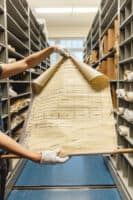 “There is a broad range of services people can access the archives. We aren’t just here for academic researchers,” she said. “Perhaps someone’s trying to file taxes for their home so they want to know when their house was built or when an extension was added to it we have that information because we have the building permit records. Perhaps they want to renovate a heritage home and they want to access the records in order to get the approval of the city or the district. There is a lot to do with properties.
“There is a broad range of services people can access the archives. We aren’t just here for academic researchers,” she said. “Perhaps someone’s trying to file taxes for their home so they want to know when their house was built or when an extension was added to it we have that information because we have the building permit records. Perhaps they want to renovate a heritage home and they want to access the records in order to get the approval of the city or the district. There is a lot to do with properties. 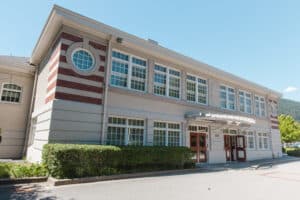 Visit for yourself
Visit for yourself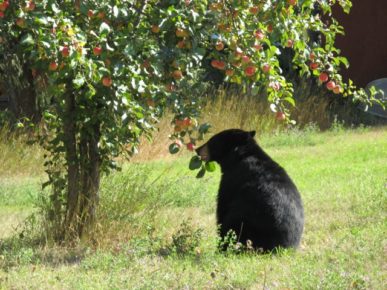
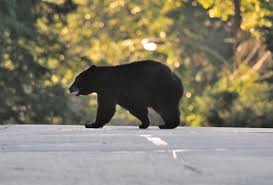 Here are some ideas:
Here are some ideas: 
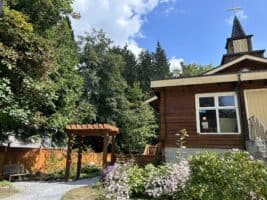
 When indoor gatherings were put on hold thanks to COVID-19, the church membership used the opportunity to create a vision for the overgrown land that would offer a welcome to passers-by as well as parishioners. The Anglican Foundation of Canada provided
When indoor gatherings were put on hold thanks to COVID-19, the church membership used the opportunity to create a vision for the overgrown land that would offer a welcome to passers-by as well as parishioners. The Anglican Foundation of Canada provided 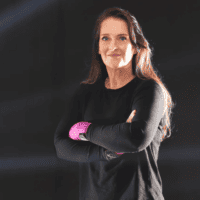
 “Muay Thai is what we know. Myself and my daughter attended West Van Martial Arts – which is where we met Blake and Dean,” she said. “It’s a little different. There are studios on Lonsdale and in Lower Lonsdale that are more typical – like karate.
“Muay Thai is what we know. Myself and my daughter attended West Van Martial Arts – which is where we met Blake and Dean,” she said. “It’s a little different. There are studios on Lonsdale and in Lower Lonsdale that are more typical – like karate. 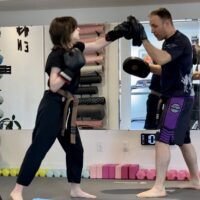 “I feel that with martial arts, you are doing it individually in a group setting,” explained Dehestani. “In a dance class if you have a beginner and they are with advanced students doing an advanced dance you are really going to notice. The beginners are going to struggle in that routine. Whereas in a martial arts class, you’re learning your different punches and kicks and coaches split you off and work in small groups or individually. When there is partnering, people tend to pair off and work with their level. It’s a good environment for growth.”
“I feel that with martial arts, you are doing it individually in a group setting,” explained Dehestani. “In a dance class if you have a beginner and they are with advanced students doing an advanced dance you are really going to notice. The beginners are going to struggle in that routine. Whereas in a martial arts class, you’re learning your different punches and kicks and coaches split you off and work in small groups or individually. When there is partnering, people tend to pair off and work with their level. It’s a good environment for growth.”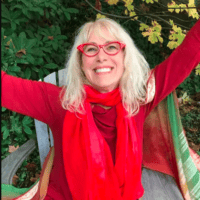
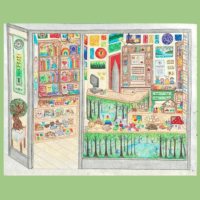 “We want a place where people can feel good and experientially come in and enjoy the store,” said Whitney. “It’s a small place, but we have made sure there is a place for the children to come in and be and a chair for someone to come in and read a book.”
“We want a place where people can feel good and experientially come in and enjoy the store,” said Whitney. “It’s a small place, but we have made sure there is a place for the children to come in and be and a chair for someone to come in and read a book.”
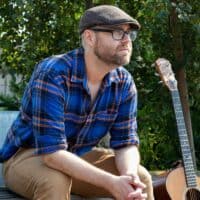 “I got started as a performer in 2014 when I was living in Calgary,” said Rivest, “At that time I was a busker working for tips and Calgary train stations. That led to being accepted into jazz studies at Cap U – and having the funds to attend Cap U. Then when I graduated I thought about mixing my busker roots with my formal jazz training which led to creating the show I’ve been performing ever since.”
“I got started as a performer in 2014 when I was living in Calgary,” said Rivest, “At that time I was a busker working for tips and Calgary train stations. That led to being accepted into jazz studies at Cap U – and having the funds to attend Cap U. Then when I graduated I thought about mixing my busker roots with my formal jazz training which led to creating the show I’ve been performing ever since.” Called Tales from the Gym, the presentation is a work in progress that is growing and evolving. According to Rivest – it’s alive.
Called Tales from the Gym, the presentation is a work in progress that is growing and evolving. According to Rivest – it’s alive.  July 3rd
July 3rd  July 25
July 25 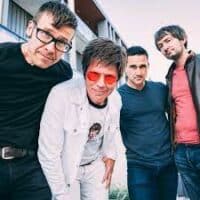 July 7
July 7